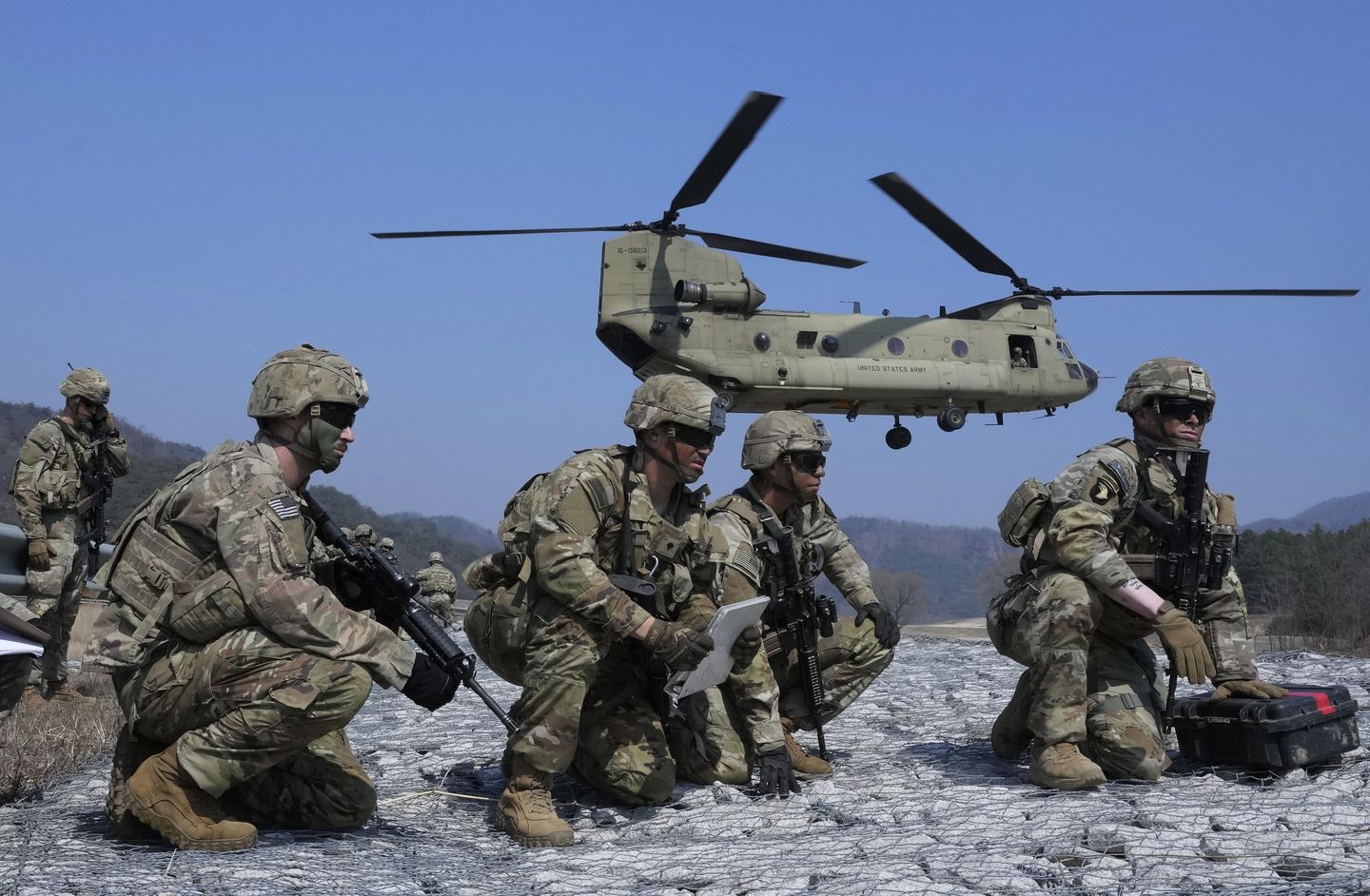
Don’t miss the full story from our staff writer Mike Glenn, whose reporting is the basis of this AI-assisted article.
The Boeing CH-47 Chinook is one of the U.S. military’s most enduring and versatile aircraft, defying conventional wisdom about military aviation service cycles. Here are some key facts about the CH-47 Chinook helicopter:
• Introduced in 1962 — Originally designed during the Cold War to transport the nuclear MGR-1 Honest John missile.
• Fastest military helicopter — Top speed of almost 200 mph, outpacing all other U.S. military helicopters.
• Exceptional capacity — Standard seating for 33 troops plus a three-member crew, with emergency capacity demonstrated up to 115 passengers.
• High-altitude capability — Can operate at altitudes up to 20,000 feet, making it the only U.S. military helicopter capable of crossing Afghanistan’s rugged mountain ranges.
• Twin-rotor design — Features distinctive fore-and-aft rotors with engines twice as powerful as UH-60 Black Hawks.
• No tail rotor needed — All engine power focuses on heavy-lift capabilities since twin rotors eliminate torque issues.
• Proven combat versatility — Primary cargo carrier during 20-year Afghanistan conflict, capable of precision landings in extreme conditions.
• Continuous modernization — Upgraded over decades with more powerful engines, transmissions, and computer screens replacing analog gauges.
• Global presence — Used by at least 20 countries worldwide, including India, for Himalayan high-altitude missions.
• Long-term future — Recent $250 million contract for five additional aircraft suggests potential 100-year service life like other iconic military aircraft.
This article is written with the assistance of generative artificial intelligence based solely on Washington Times original reporting and wire services. For more information, please read our AI policy or contact Ann Wog, Managing Editor for Digital, at awog@washingtontimes.com
The Washington Times AI Ethics Newsroom Committee can be reached at aispotlight@washingtontimes.com.





![Stephen A. Smith Goes Ballistic on DeMS-13 Senator Van Hollen [WATCH]](https://www.right2024.com/wp-content/uploads/2025/05/Stephen-A-Smith-Goes-Ballistic-on-DeMS-13-Senator-Van-Hollen-350x250.jpg)
![AZ Officer Rescues Fire Captain’s Daughter from Burning Car in Dramatic Video [WATCH]](https://www.right2024.com/wp-content/uploads/2025/05/AZ-Officer-Rescues-Fire-Captains-Daughter-from-Burning-Car-in-350x250.jpg)
![Donald Trump Pardons ‘Century Men’ During West Point Commencement Speech [WATCH]](https://www.right2024.com/wp-content/uploads/2025/05/Donald-Trump-Pardons-‘Century-Men-During-West-Point-Commencement-Speech-350x250.jpg)

![Minnesota Officials Panicking Over Derek Chauvin Pardon Speculation, Potential Unrest [WATCH]](https://www.right2024.com/wp-content/uploads/2025/05/Minnesota-Officials-Panicking-Over-Derek-Chauvin-Pardon-Speculation-Potential-Unrest-350x250.jpg)







